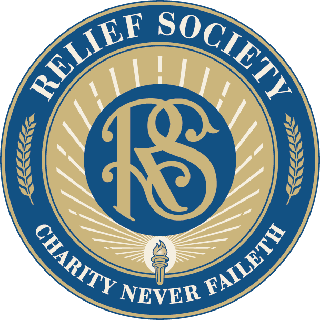Prayerfully study this material and seek to know what to share. How will understanding the life and mission of the Savior increase your faith in Him and bless those you watch over through visiting teaching? For more information, go to reliefsociety.lds.org.
This is part of a series of Visiting Teaching Messages featuring aspects of the mission of the Savior.
The Divine Mission of Jesus Christ: Exemplar
As we understand that Jesus Christ
is our example in all things, we can increase our desire to follow Him.
The scriptures are full of encouragement for us to follow in Christ’s
footsteps. To the Nephites, Christ said, “For the works which ye have
seen me do that shall ye also do” (3 Nephi 27:21). To Thomas, Jesus said, “I am the way, the truth, and the life: no man cometh unto the Father, but by me” (John 14:6).
Today
our leaders remind us to set the Savior as our example. Linda K.
Burton, Relief Society general president, said, “When each of us has the
doctrine of the Atonement written deep in our hearts, then we will
begin to become the kind of people the Lord wants us to be.”1
President Thomas S. Monson said, “Our Lord and Savior, Jesus Christ, is our Exemplar and our strength.”2
Let us resolve to draw near to Jesus Christ, to obey His commandments, and to strive to return to our Heavenly Father.
From the Scriptures
2 Nephi 31:16; Alma 17:11; 3 Nephi 27:27; Moroni 7:48
From Our History
“He
marked the path and led the way,” wrote Eliza R. Snow, second Relief
Society general president, of the mortal ministry of Jesus Christ.3 He ministered to individuals—one by one. He taught that we should leave the ninety and nine to save the straying one (see Luke 15:3–7). He healed and taught individuals, even taking time for each person in a multitude of 2,500 people (see 3 Nephi 11:13–15; 17:25).
Of Latter-day Saint women, President Dieter F. Uchtdorf,
Second Counselor in the First Presidency, said: “You wonderful sisters
render compassionate service to others for reasons that supersede
desires for personal benefits. In this you emulate the Savior … . His
thoughts were always tuned to help others.”4
What Can I Do?
-
Why and how is Jesus Christ my exemplar?
-
How can ministering to the sisters I visit help me follow the Savior?
Notes
-
Linda K. Burton, “Is Faith in the Atonement of Jesus Christ Written in Our Hearts?” Ensign, Nov. 2012, 114.
- Thomas S. Monson, “Meeting Life’s Challenges,” Ensign, Nov. 1993, 71.
-
“How Great the Wisdom and the Love,” Hymns, no. 195.
-
Dieter F. Uchtdorf, “Happiness, Your Heritage,” Ensign, Nov. 2008, 120.
Suggested handout (download) The file will download automatically and is 6x4 suitable for a photo print if you wish
Some other sites to check
My happy tribe
Still looking for ideas? Try Google and look for 'Visiting Teaching message handouts January 2014'


























